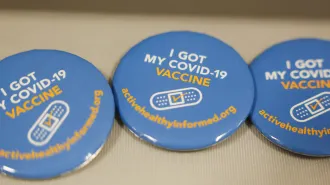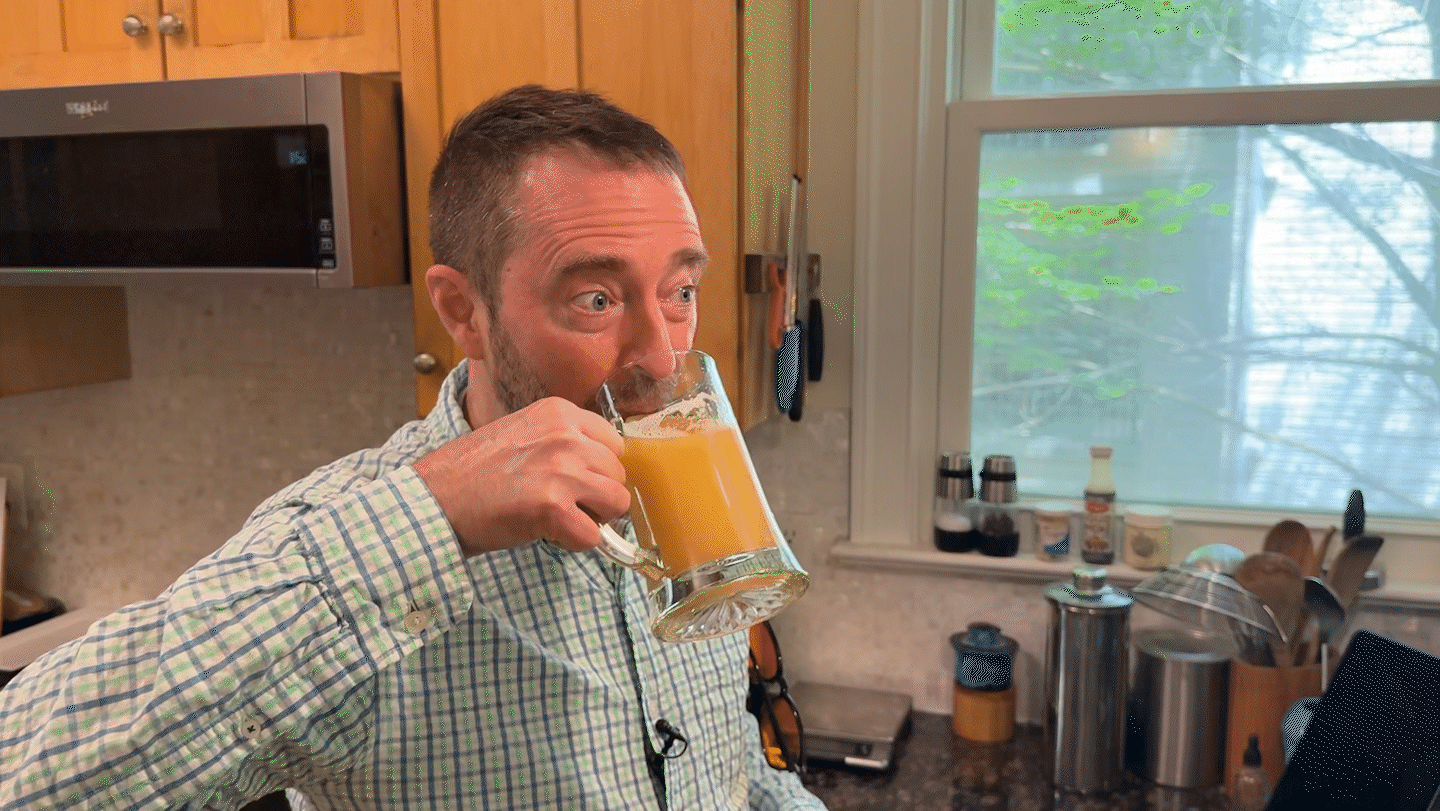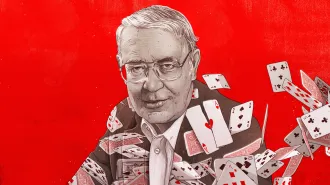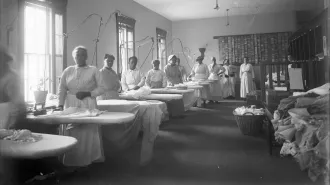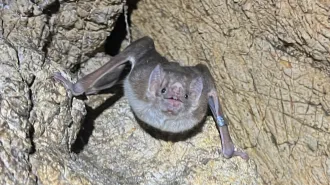50 years ago, doctors lamented a dearth of organ donors
Excerpt from the March 15, 1969 issue of Science News
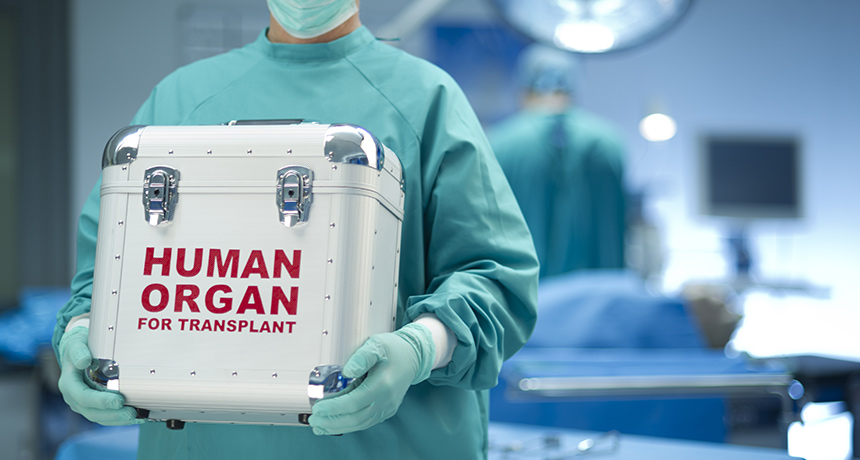
DISHEARTENING Fifty years ago, a low supply of donor organs meant a grim future for patients in need of a working heart.
sturti/iStock.com
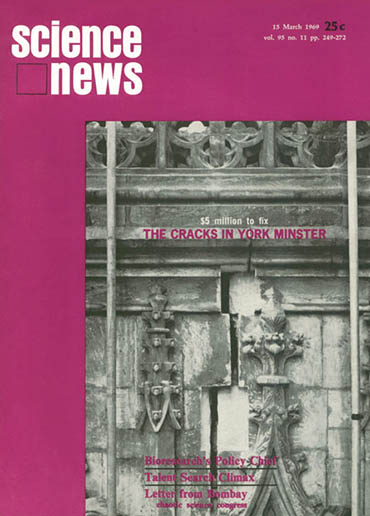 Number of donors drops —
Number of donors drops —